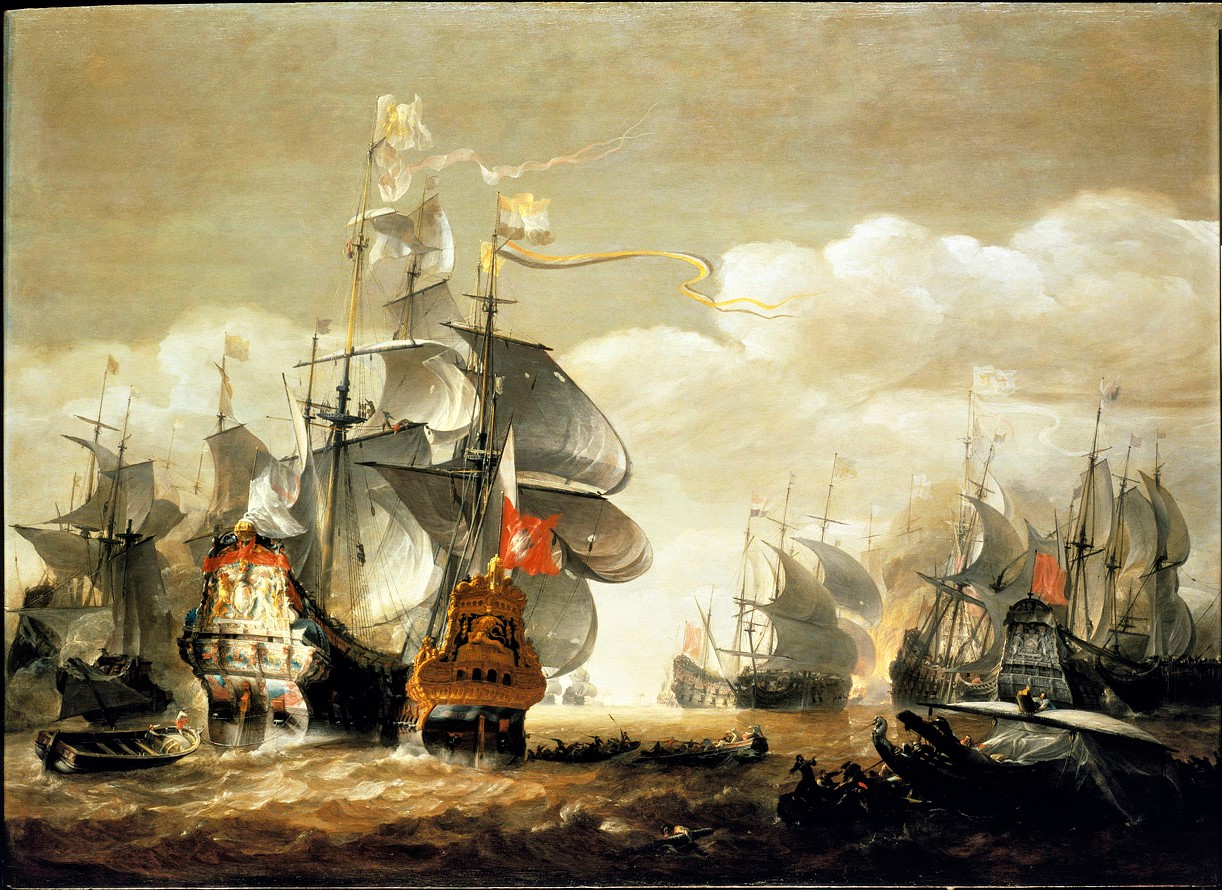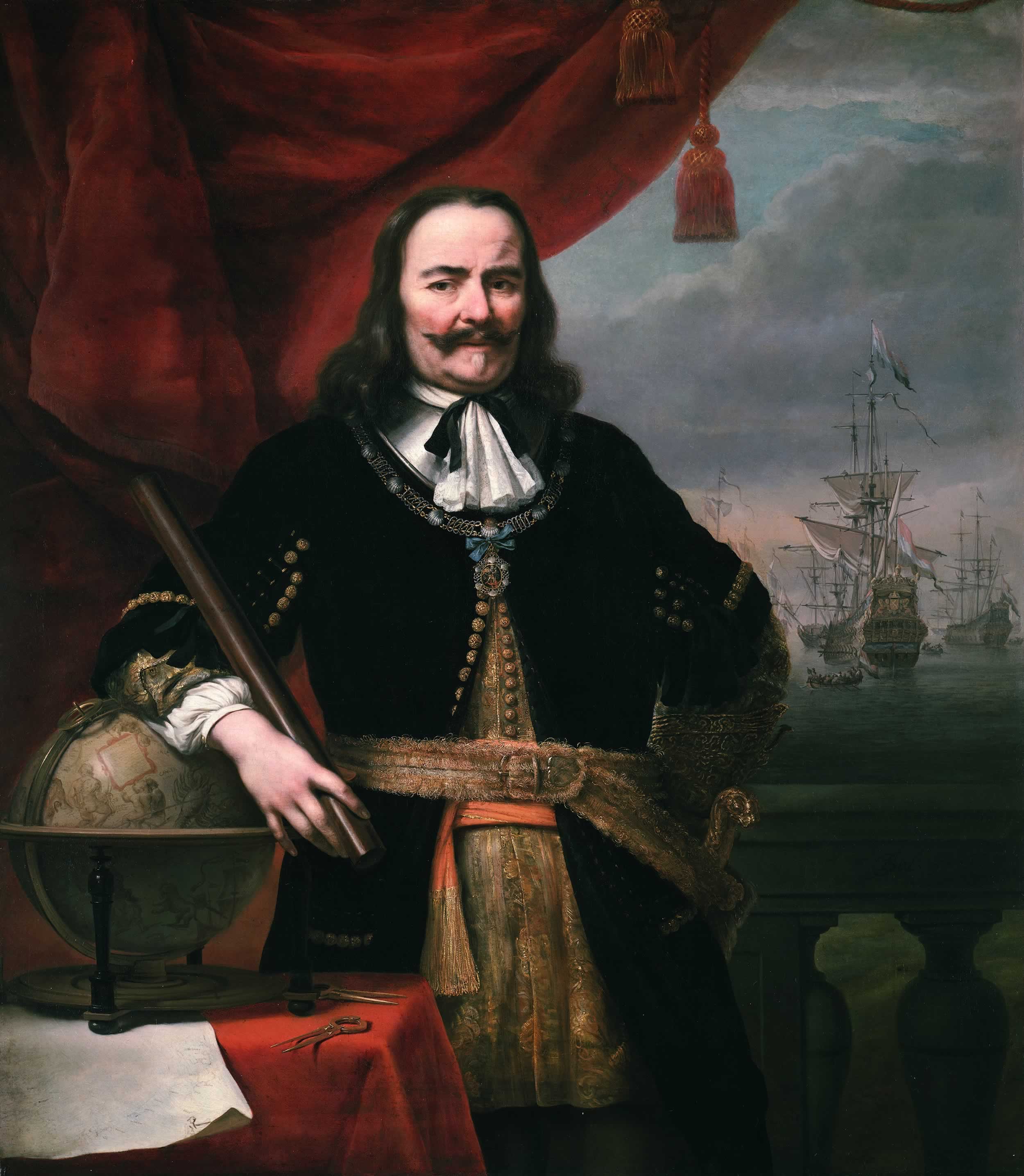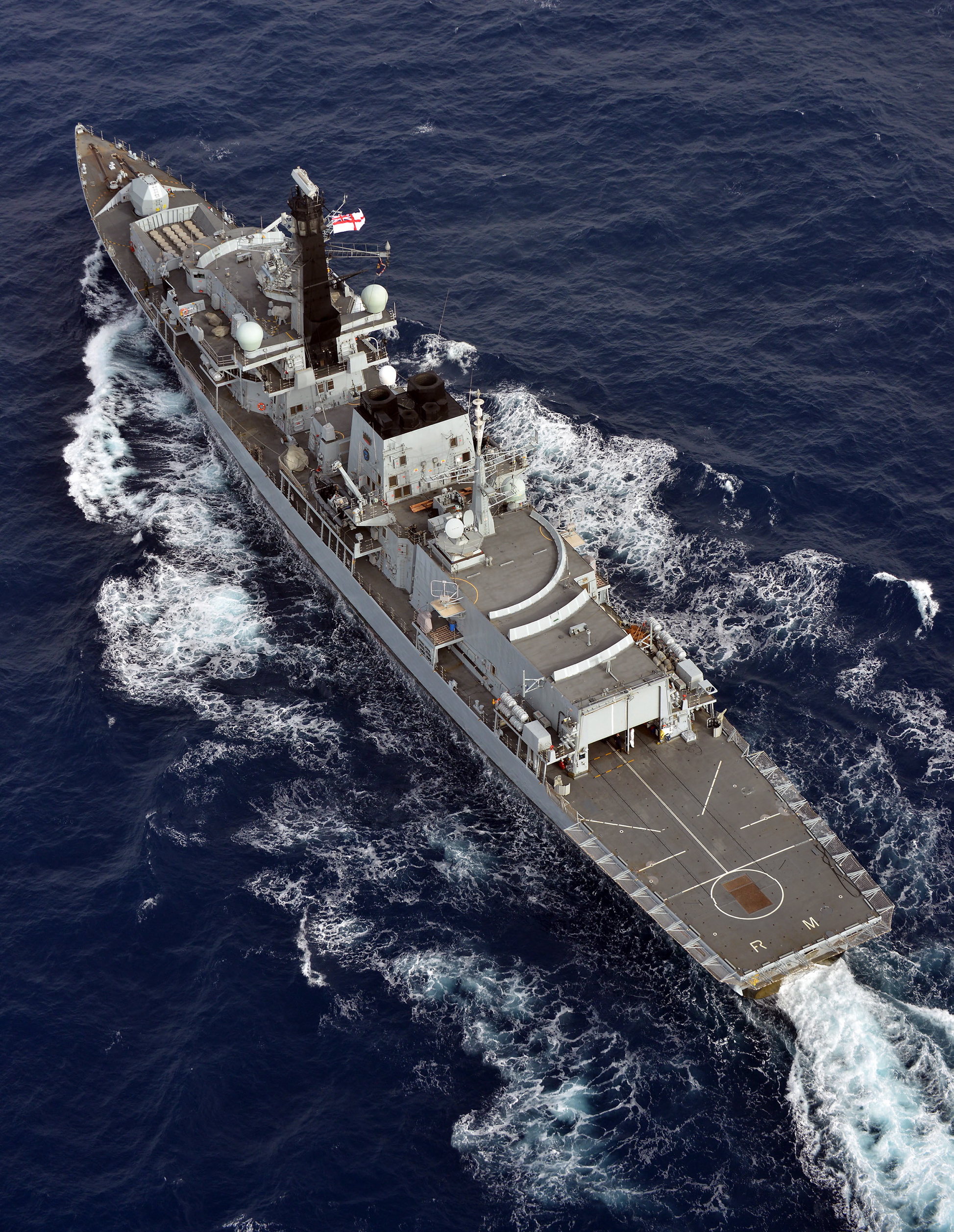|
HMS Portland
Eight ships of the Royal Navy have been named HMS ''Portland'', either after Portland Harbour in Dorset or after holders of the title of the Duke of Portland: * was a 50-gun fourth rate launched at Wapping in 1653 and burnt to avoid capture in 1692. * was a 48-gun fourth rate launched in 1693, rebuilt in 1723 and broken up in 1743. * was a 50-gun fourth rate launched in 1744 and sold in 1763. * was a 50-gun fourth rate launched in 1770. She was converted to a 10-gun storeship in 1800 and a prison ship in 1802. She was sold in 1817. * was a barge probably used to defend Plymouth. She was purchased in 1795 and was sold on 29 December 1799 for £155.Great Britain: Commissioners of Naval Enquiry (1803) ''The First (second-twelfth) Report of the Commissioners of Naval Enquiry, Appointed by Act 43 Geo. III. (Observations, by Way of Supplement, to the First Report of the Commissioners of Naval Enquiry, on the Memorial of the Principal Officers and Commissioners of His Majesty's Navy ... [...More Info...] [...Related Items...] OR: [Wikipedia] [Google] [Baidu] |
Royal Navy
The Royal Navy (RN) is the United Kingdom's naval warfare force. Although warships were used by English and Scottish kings from the early medieval period, the first major maritime engagements were fought in the Hundred Years' War against France. The modern Royal Navy traces its origins to the early 16th century; the oldest of the UK's armed services, it is consequently known as the Senior Service. From the middle decades of the 17th century, and through the 18th century, the Royal Navy vied with the Dutch Navy and later with the French Navy for maritime supremacy. From the mid 18th century, it was the world's most powerful navy until the Second World War. The Royal Navy played a key part in establishing and defending the British Empire, and four Imperial fortress colonies and a string of imperial bases and coaling stations secured the Royal Navy's ability to assert naval superiority globally. Owing to this historical prominence, it is common, even among non-Britons, to ref ... [...More Info...] [...Related Items...] OR: [Wikipedia] [Google] [Baidu] |
Battle Of Lowestoft
The Battle of Lowestoft took place on during the Second Anglo-Dutch War. A fleet of more than a hundred ships of the United Provinces commanded by Lieutenant-Admiral Jacob van Wassenaer, Lord Obdam attacked an English fleet of equal size commanded by James, Duke of York forty miles east of the port of Lowestoft in Suffolk. Although it was a substantial English victory, the escape of the bulk of the Dutch fleet deprived England of the chance of ending the war quickly with a single decisive victory. As a result, the Dutch were able to make good their losses by building new and better-armed ships and improving their organisation and discipline. Their Dutch fleets would not be so badly organised or ill-disciplined in the remaining battles of this war and, in Obdam's replacement, Michiel de Ruyter, the Dutch had gained a superb tactician and leader for the remainder of the war. Background The Second Anglo-Dutch War resulted from long-standing commercial tensions between England ... [...More Info...] [...Related Items...] OR: [Wikipedia] [Google] [Baidu] |
Battle Of Lagos
The naval Battle of Lagos took place between a British fleet commanded by Sir Edward Boscawen and a French fleet under Jean-François de La Clue-Sabran over two days in 1759 during the Seven Years' War. They fought south west of the Gulf of Cádiz on 18 August and to the east of the small Portuguese port of Lagos, after which the battle is named, on 19 August. La Clue was attempting to evade Boscawen and bring the French Mediterranean Fleet into the Atlantic, avoiding battle if possible; he was then under orders to sail for the West Indies. Boscawen was under orders to prevent a French breakout into the Atlantic, and to pursue and fight the French if they did. During the evening of 17 August the French fleet successfully passed through the Strait of Gibraltar, but was sighted by a British ship shortly after it entered the Atlantic. The British fleet was in nearby Gibraltar, undergoing a major refit. It left port amidst great confusion, most ships not having their refurbishments ... [...More Info...] [...Related Items...] OR: [Wikipedia] [Google] [Baidu] |
Action Of 31 January 1748
The action of 31 January 1748 was a minor naval battle of the War of Austrian Succession between two British Royal naval ships and a French naval ship of the line. The battle ended with the capture of the French ship of the line ''Le Magnanime''. In January 1748, ''Le Magnanime'' left Brest for the East Indies. She was partially dismasted in a storm off the coast of Ushant and while limping back to Brest, she was spotted by a British fleet under Edward Hawke Edward Hawke, 1st Baron Hawke, KB, PC (21 February 1705 – 17 October 1781), of Scarthingwell Hall in the parish of Towton, near Tadcaster, Yorkshire, was a Royal Navy officer. As captain of the third-rate , he took part in the Battle of .... All sail was immediately made; under Captain Robert Harland having at 1 am closed with the chase commenced the action and a running fight of six hours duration ensued. The rear admiral having observed the size of the ship sent the sixty gun ship under Captain Stevens to ... [...More Info...] [...Related Items...] OR: [Wikipedia] [Google] [Baidu] |
Second Battle Of Cape Finisterre (1747)
The second battle of Cape Finisterre was a naval encounter fought during the War of the Austrian Succession on 25 October 1747 (N.S.). A British fleet of fourteen ships of the line commanded by Rear-Admiral Edward Hawke intercepted a French convoy of 250 merchant ships, sailing from the Basque Roads in western France to the West Indies and protected by eight ships of the line commanded by Vice Admiral Henri-François des Herbiers. When the two forces sighted each other, Herbiers ordered the merchant ships to scatter, formed his warships into a line of battle and attempted to draw the British warships towards him. In this he was successful, the British advanced on the French warships, enveloped the rear of the French line and brought superior numbers to bear on the French vessels one at a time. Six French warships were captured, along with 4,000 of their seamen. Of the 250 merchant ships, only seven were captured. The British victory isolated the French colonies from supply ... [...More Info...] [...Related Items...] OR: [Wikipedia] [Google] [Baidu] |
French Ship Auguste (1741)
''Auguste'' was a 50-gun ship of the line A ship of the line was a type of naval warship constructed during the Age of Sail from the 17th century to the mid-19th century. The ship of the line was designed for the naval tactic known as the line of battle, which depended on the two colu ... of the French Navy. Captured by HMS ''Portland'' on 9 February 1746 during the War of the Austrian Succession, she was taken into Royal Navy service as HMS ''Portland's Prize''. References {{DEFAULTSORT:Auguste (1741) Ships of the line of France Ships of the line of the Royal Navy Captured ships 1741 ships ... [...More Info...] [...Related Items...] OR: [Wikipedia] [Google] [Baidu] |
HMS Coventry (1695)
HMS ''Coventry'' was a 50-gun fourth rate ship of the line of the English Royal Navy, launched at Deptford Dockyard in 1695. The French 54-gun ''Auguste'', together with the 54-gun ''Jason'', captured ''Coventry'' in September 1704. On 17 March 1709, ''Portland'' recaptured ''Coventry''.Roche (2005), p.134. See also *List of ships captured in the 18th century Notes References *Lavery, Brian (2003) ''The Ship of the Line - Volume 1: The development of the battlefleet 1650-1850''. Conway Maritime Press. . *Roche, Jean-Michel (2005) ''Dictionnaire des Bâtiments de la Flotte de Guerre Française de Colbert à nos Jours.'' (Group Retozel-Maury Millau), Vol. 1. See also *List of ships captured in the 18th century During times of war where naval engagements were frequent, many battles were fought that often resulted in the capture of the enemy's ships. The ships were often renamed and used in the service of the capturing country's navy. Merchant ships were ... Sh ... [...More Info...] [...Related Items...] OR: [Wikipedia] [Google] [Baidu] |
Four Days' Battle
The Four Days' Battle, also known as the Four Days' Fight in some English sources and as Vierdaagse Zeeslag in Dutch, was a naval battle of the Second Anglo-Dutch War. Fought from 1 June to 4 June 1666 in the Julian or Old Style calendar that was then used in England, in the southern North Sea, it began off the Flemish coast and ended near the English coast. It remains one of the longest naval engagements in history. Dutch accounts referred to its dates as 11 June to 14 June 1666 by using the New Style calendar. The Dutch inflicted significant damage on the English fleet, which lost ten ships in total, with over 1,000 men killed, including two vice-admirals, Sir Christopher Myngs and Sir William Berkeley, and almost 2,000 English were taken prisoner including a third vice-admiral, George Ayscue. Dutch losses were four ships destroyed by fire and over 1,550 men killed, including Lieutenant Admiral Cornelis Evertsen, Vice Admiral Abraham van der Hulst and Rear Admiral Frederik ... [...More Info...] [...Related Items...] OR: [Wikipedia] [Google] [Baidu] |
Battle Of Scheveningen
The Battle of Scheveningen (also known as the Battle of Ter Heijde) was the final naval battle of the First Anglo-Dutch War. It took place on 31 July 1653 (10 August on the Gregorian calendar), between the fleets of the Commonwealth of England and the United Provinces. The Dutch fleet suffered massive losses but achieved its immediate strategic goal of raising the Royal Navy blockade of the Dutch coast. Background After their victory at the Battle of the Gabbard in June 1653, the English fleet of 120 ships under General at Sea George Monck on his flagship ''Resolution'' blockaded the Dutch coast, capturing many merchant vessels. Royal Museums Greenwich. The Dutch economy began to collapse, with mass unemployment and a severe economic downturn affecting it. On 24 J ... [...More Info...] [...Related Items...] OR: [Wikipedia] [Google] [Baidu] |
Portland Harbour
Portland Harbour is located beside the Isle of Portland, Dorset, on the south coast of England. Construction of the harbour began in 1849; when completed in 1872, its surface area made it the largest man-made harbour in the world, and remains one of the largest in the world today. It is naturally protected by Portland to the south, Chesil Beach to the west and mainland Dorset to the north. It consists of four breakwaters — two southern and two northern. These have a total length of and enclose approximately of water. Portland Harbour was built by the Admiralty as a facility for the Royal Navy (though access was also available to merchant ships); on 11 December 1923 it was formally designated HM Naval Base (HMNB) Portland, and continued to serve as such until closure in 1995. History Creation of harbour of refuge (1844–1872) The original harbour was naturally protected by the south coast of England, Chesil Beach and the Isle of Portland, providing refuge for ships aga ... [...More Info...] [...Related Items...] OR: [Wikipedia] [Google] [Baidu] |
Battle Honour
A battle honour is an award of a right by a government or sovereign to a military unit to emblazon the name of a battle or operation on its flags ("colours"), uniforms or other accessories where ornamentation is possible. In European military tradition, military units may be acknowledged for their achievements in specific wars or operations of a military campaign. In Great Britain and those countries of the Commonwealth which share a common military legacy with the British, battle honours are awarded to selected military units as official acknowledgement for their achievements in specific wars or operations of a military campaign. These honours usually take the form of a place and a date (e.g. "Cambrai 1917"). Theatre honours, a type of recognition in the British tradition closely allied to battle honours, were introduced to honour units which provided sterling service in a campaign but were not part of specific battles for which separate battle honours were awarded. Theatre h ... [...More Info...] [...Related Items...] OR: [Wikipedia] [Google] [Baidu] |
Type 23 Frigate
The Type 23 frigate or Duke class is a class of frigates built for the United Kingdom's Royal Navy. The ships are named after British Dukes, thus leading to the class being commonly known as the Duke class. The first Type 23, , was commissioned in 1989, and the sixteenth, was commissioned in June 2002. They form the core of the Royal Navy's destroyer and frigate fleet and serve alongside the Type 45 destroyers. They were designed for anti-submarine warfare, but have been used for a range of uses. Twelve Type 23 frigates remain in service with the Royal Navy, with three vessels having been sold to the Chilean Navy, and one being retired in 2021. The Royal Navy's Type 23 frigates will be replaced by the Type 26 Global Combat Ship and the Type 31 frigate. it is anticipated that HMS ''St Albans'' will be the last to retire from the Royal Navy, in 2035. Development When first conceived in the late 1970s, the Type 23 was intended to be a light anti-submarine frigate with a towed ... [...More Info...] [...Related Items...] OR: [Wikipedia] [Google] [Baidu] |




